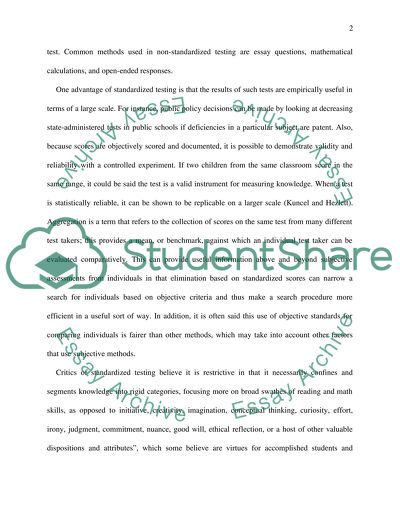Cite this document
(“Advantages and disadvantages of a testing system in education Research Proposal”, n.d.)
Retrieved from https://studentshare.org/education/1429715-advantages-and-disadvantages-of-a-testing-system-in-education
Retrieved from https://studentshare.org/education/1429715-advantages-and-disadvantages-of-a-testing-system-in-education
(Advantages and Disadvantages of a Testing System in Education Research Proposal)
https://studentshare.org/education/1429715-advantages-and-disadvantages-of-a-testing-system-in-education.
https://studentshare.org/education/1429715-advantages-and-disadvantages-of-a-testing-system-in-education.
“Advantages and Disadvantages of a Testing System in Education Research Proposal”, n.d. https://studentshare.org/education/1429715-advantages-and-disadvantages-of-a-testing-system-in-education.


